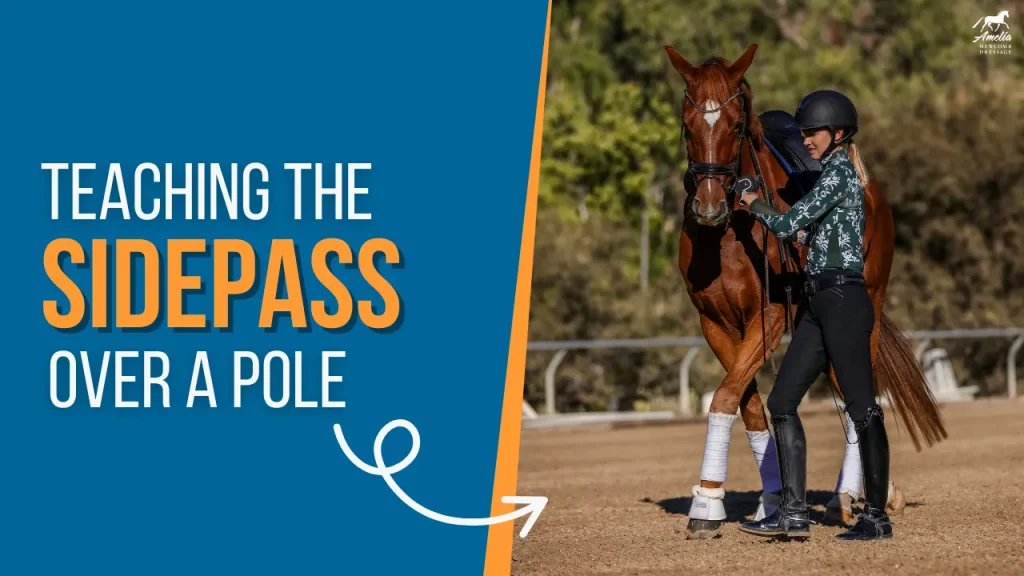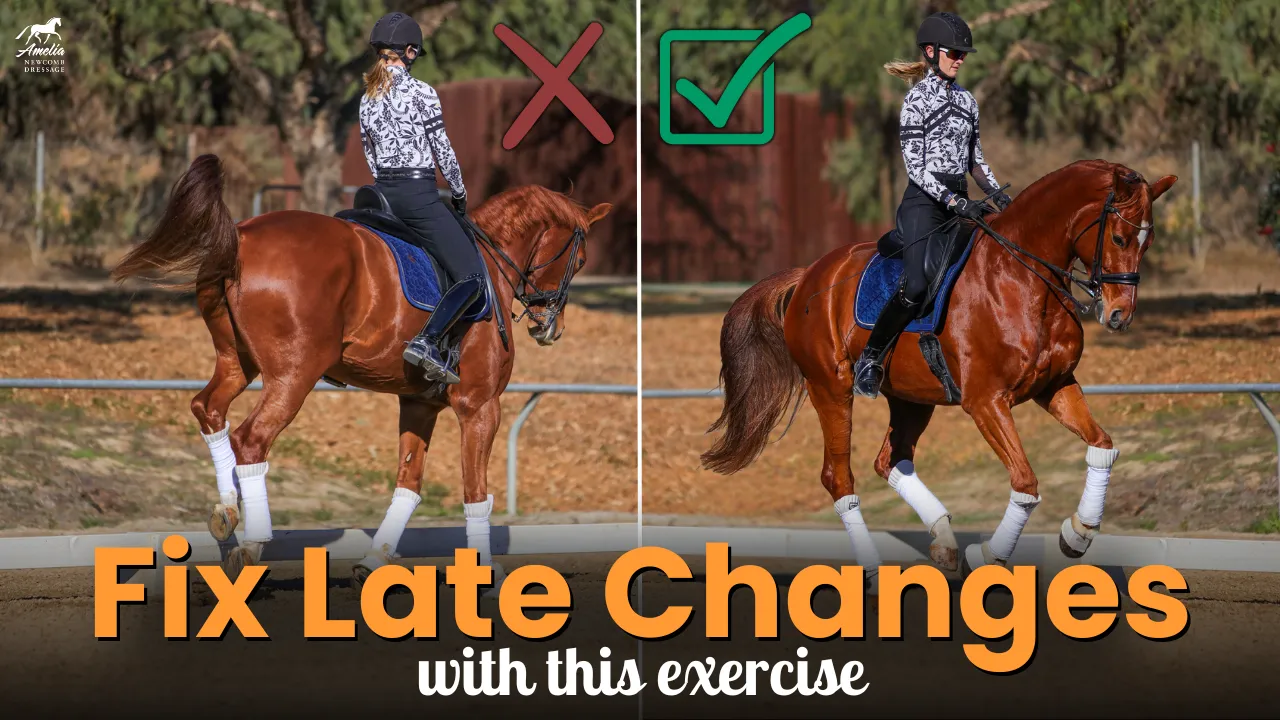Let’s talk about shoulder-in and shoulder-fore! Some of you might be thinking “What’s the difference?” or “When should I use one over the other?” This week’s video is here to give you some tips to shouldering your way to a better ride!
Let’s look at Shoulder-Fore first!
Shoulder-fore is a great suppleness and strengthening exercise.
When going down the rail, because all horses hips are wider than the front end, if outside shoulder and hip are on the rail, he’s going to look haunches in
Shoulder-fore is about aligning the inside hind leg in between the two front legs and engaging the inside hip. Shoulder-fore has no bend in the body.
How to ride shoulder-fore:
- Put outside shoulders and hips on the rail
- Think about using inside leg to squash inside hind leg closer to outside rail
- Use outside rein to bring his shoulder a tiny bit off the rail
Aids for shoulder-fore:
- Sit on inside seatbone
- Apply inside leg at the girth
- Outside rein makes sure he’s not falling on the rail with his shoulder.
Shoulder-fore isn’t ridden with a lot of angle like shoulder-in. Think of it more as an exercise of mindfulness about where the inside hind leg is!
Now onto Shoulder-In…
Shoulder-in has more angle and is a logical progression from shoulder-fore. This movement requires bend through the spine, and is a three-track movement. The three tracks are:
- Outside hind
- Inside hind & outside front
- Inside front
How to ride Shoulder-In
- Prepare by riding a 10m circle that stars at the rail.
- At the end of the circle ride one more step of a second circle.
- But then in that position, push your horse straight down the rail.
Aids for Shoulder-In
- Inside leg at the girth keeping the haunches at the rail.
- Outside leg and rein bringing the shoulders off the rail.
- Rider’s shoulders turn to the inside
- Weight on the inside seat bone
So shoulder-in is just an extension of shoulder fore but with more angle and bend through the body. You can test if your shoulder-in is working because you should be able to give with the inside rein and they will soften and stay in shoulder-in.
These are great exercises to
- Get your horse supple
- Get your horse to engage the hind leg
- Connect from inside leg to outside rein
The two movements are quite similar so have a look at the video and watch Mercurio show you exactly how the two movements differ.












































